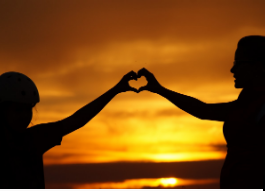The UBC’s Point Grey Campus is located on the traditional, ancestral, unceded territory of the Musqueam People. The Xʷc̓ic̓əsəm Garden (Indigenous Health Research and Education Garden) has been at the UBC farm since 2007. Ironically, I remember vividly that I was a returning student at UBC, undertaking my Bachelors in Education in 2006/2007, and my cohort and I had a wonderful opportunity to partake in a fieldtrip to an Indigenous garden. It was in its beginning stages of being planned and created by wonderful humanitarians, students, and teachers of Indigenous backgrounds just before the main campus, near a secondary school is what I can recall. I remember walking down a street and there was an opening of land. This is where our fieldtrip began.

Public Domain photo by Wallpaper Flare
I remember a feeling of nostalgia and hope coming over me when I saw what was being done. I remember having goosebumps on my arms, because it reminded me of what my mother did at her school…she began growing a garden for the children at her school in 1976 and when I was born, she would take me with her to her school and I would watch her garden, while I played with the other students. In 2014 the Xʷc̓ic̓əsəm Garden received a traditional name from Musqueam Indian Band. Xʷc̓ic̓əsəm is pronounced phonetically as “Hw ‘ts i ‘ts u sum-”. The hən̓q̓əmin̓əm̓ word means “The place where we grow” and it provides a reassertion of xʷməθkʷəy̓əm Musqueam land-based protocols and principles informing land-based practices. It reminded me of the place I grew, along with the other Indigenous students at ¿Uuqinak´uuh aka Grandview Terrace Daycare Centre. This is a 3 part blog, in relation to my final assignment, which focuses on experiential learning.
Reference:

